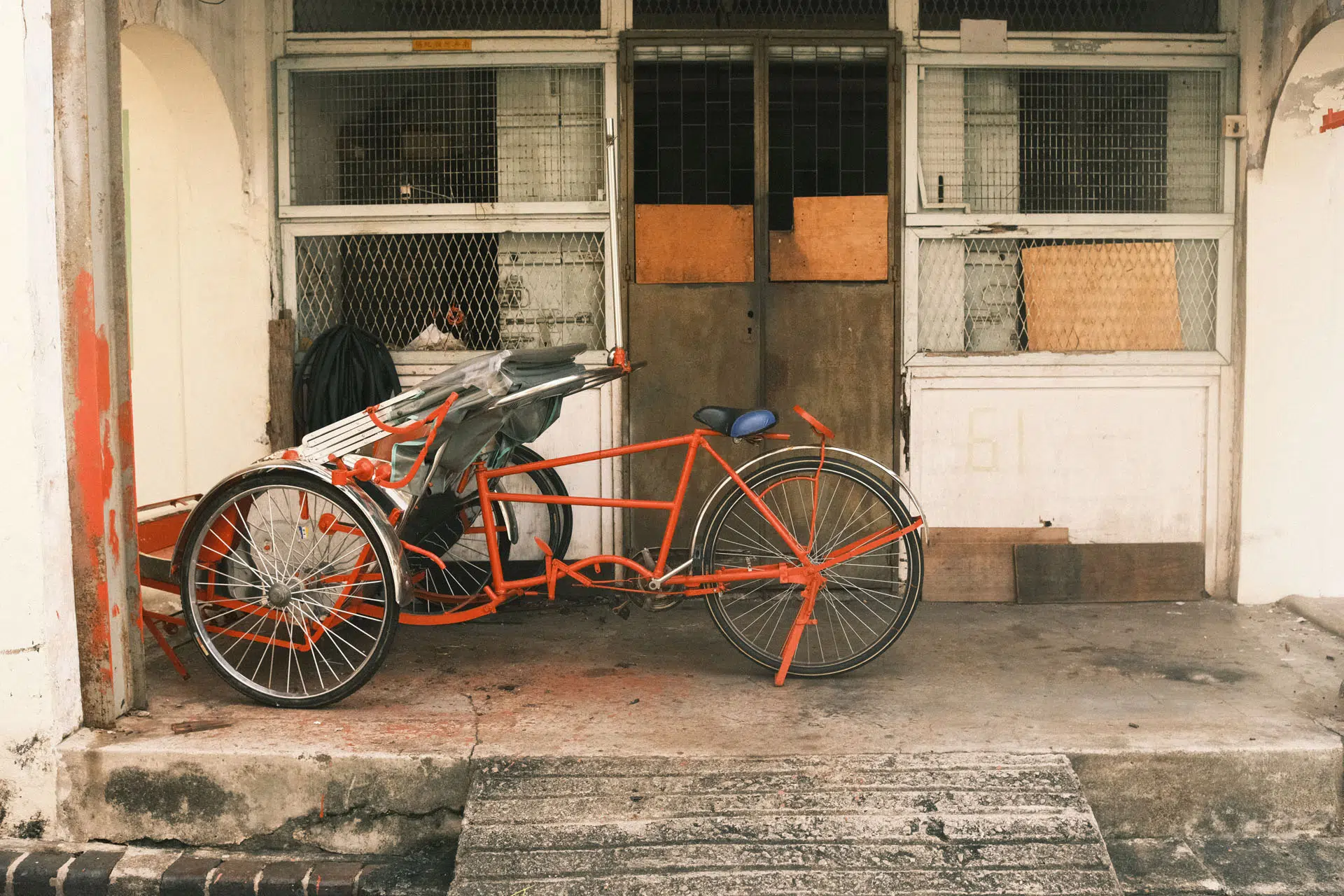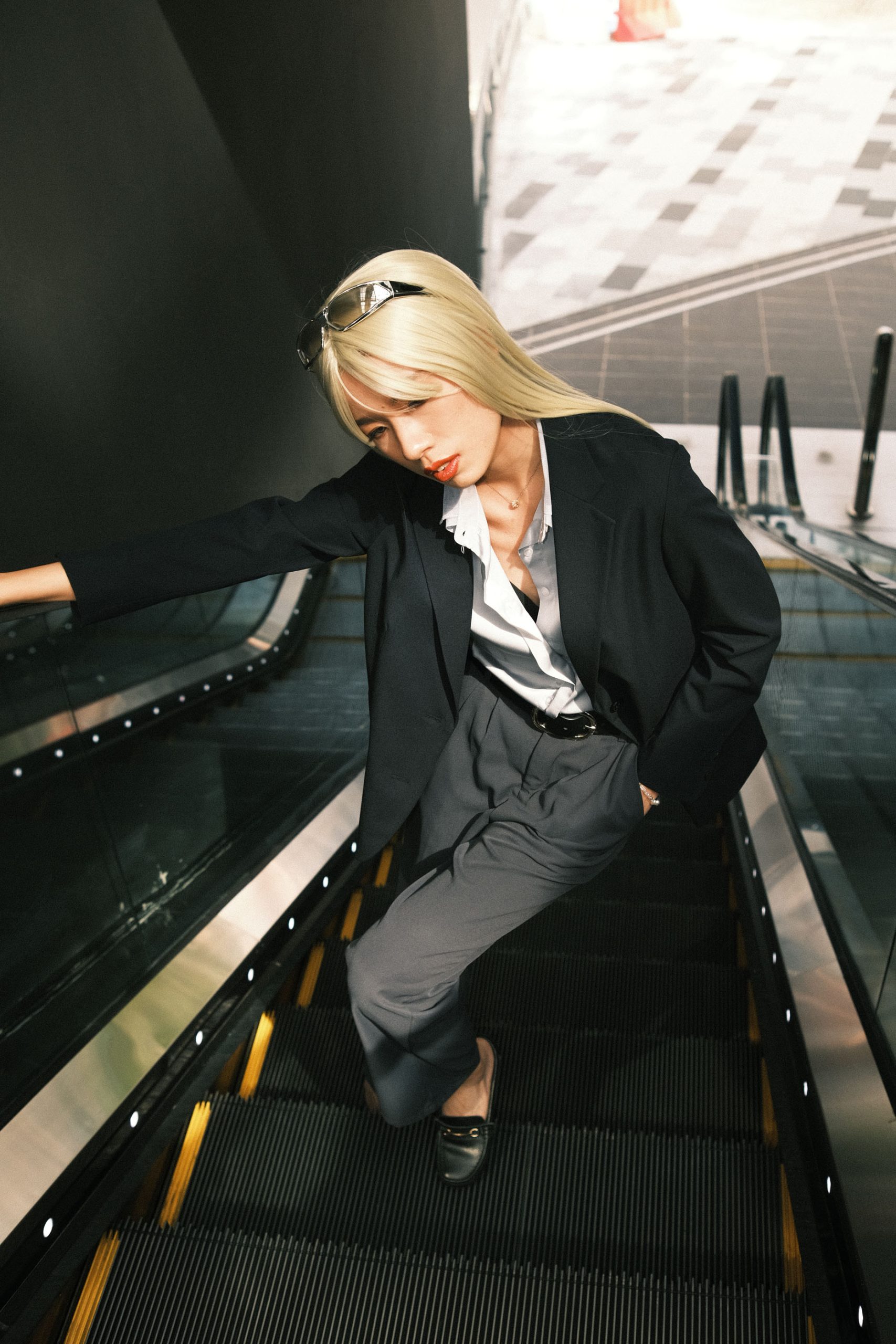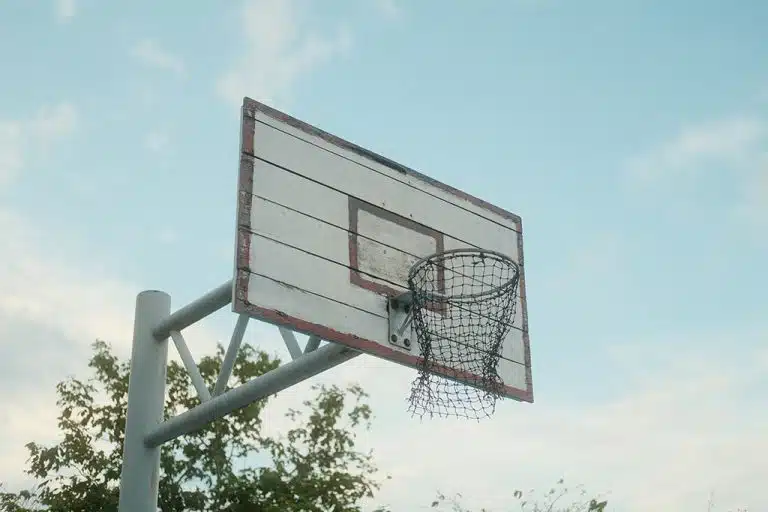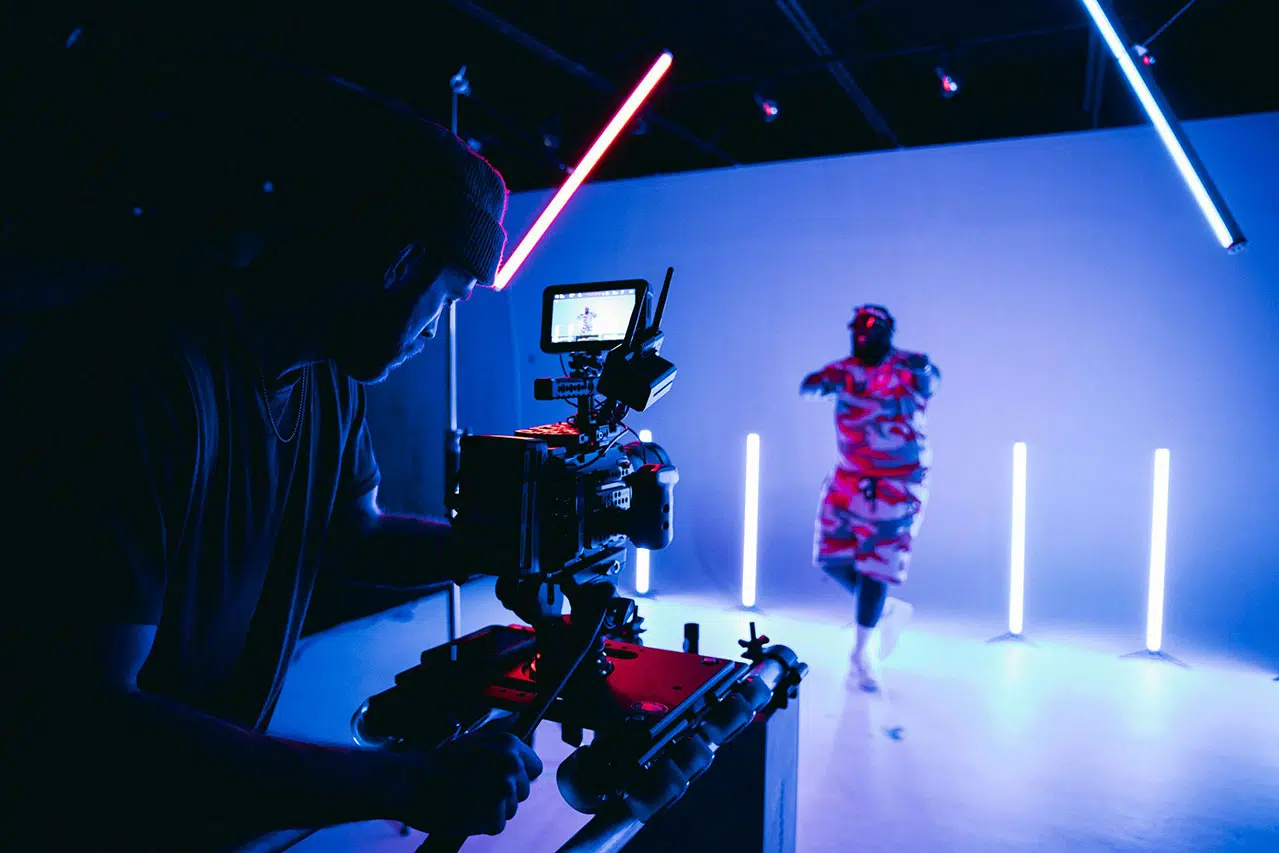Kodak Gold 200 film recipe enthusiasts, rejoice! Photography is one of those things that constantly inspires experimentation. Whether it’s shooting on a beloved film stock or tweaking digital simulations, the journey of creating the perfect look is always exciting. For me, one film stock stands out for its charm: Kodak Gold 200. This warm-toned, high-contrast classic has a way of turning everyday scenes into timeless memories.
But what if you’re a Fujifilm user and want to replicate that dreamy Kodak Gold 200 vibe without shooting film? That’s where my love for film recipes comes in. After experimenting with dozens of simulations and tweaks, I’ve created a version that gets close to the heart of Kodak Gold 200. It’s not 100% perfect (nothing ever is), but in the right lighting conditions, it’s almost identical.
Why Kodak Gold 200 Is Special
Kodak Gold 200 has a certain magic that makes it perfect for everything from sunny beaches to cozy street scenes. The warm tones bring a natural, nostalgic feel to photos, while the high contrast adds depth and vibrancy. It’s one of those films that just works—whether you’re shooting portraits, landscapes, or candid moments. There’s something about the way this film handles light that can turn even the simplest scenes into something extraordinary.
What I love most about this film stock is how forgiving it is. Whether you’re dealing with tricky shadows or bold highlights, Kodak Gold 200 has a way of balancing everything out. I have shot this film stock while doing street photography session in Georgetown, Penang. The warmth softens shadows and adds an inviting glow, while the contrast keeps the highlights crisp and bold. This makes it ideal for capturing the subtle interplay of light in golden hour shots or the bright intensity of midday sun. No matter the lighting conditions, Kodak Gold 200 delivers results that feel both vibrant and timeless.
For a Fujifilm enthusiast like me, replicating this aesthetic digitally became an irresistible challenge. There’s a sense of accomplishment in trying to mimic the organic warmth and contrast of Kodak Gold 200 on a digital platform. While the journey to create a film recipe that pays homage to this classic film wasn’t straightforward, it was incredibly rewarding. Each tweak and adjustment brought me closer to achieving the tones and mood that make Kodak Gold 200 so beloved among film photographers.
The Process Behind the Kodak Gold Film Recipe
When creating this recipe for Golden Hour, my main focus was on warmth and contrast. Kodak Gold 200 has a way of making colors look vibrant yet natural. To replicate this, I compared it to my actual Kodak Gold 200 photos and the digital photos taken at the same location. I adjusted the Color settings to add just enough saturation without oversaturating the tones or highlights.
The Shadow and Highlight adjustments also played a big role. Adding contrast to shadows while keeping highlights soft helped mimic the depth and texture of Kodak Gold. This is where Classic Negative truly shines—it handles dynamic range beautifully, giving photos a balanced, film-like feel.
Finally, the White Balance Shift was key. A subtle reduction in red and blue tones added a warm glow to images, especially in neutral lighting. This tweak helped bring out the natural warmth of Kodak Gold without making it look overly yellow or artificial.
The Film Simulation Hunt
When I first set out to replicate Kodak Gold 200 film recipe, I tried experimenting with a variety of Fujifilm simulations. Pro Neg Hi, Classic Chrome, and Astia all had their moments, but none truly captured the magic of Kodak Gold. And then, there was Classic Negative—the one that felt like it was made for this purpose.
Classic Negative offers the high contrast and muted shadows that match Kodak Gold’s timeless look. The way it handles color tones—particularly the balance between highlights and shadows—is ideal. After countless tweaks to white balance, color settings, and tone adjustments, I landed on a recipe that finally clicked.
For those of you without access to Classic Negative, don’t worry! I’m already working on an alternative version using a different film simulation. While it might look slightly different, I’ll make sure it stays true to the essence of Kodak Gold 200.
My Kodak Gold 200 Film Recipe
This Kodak Gold 200 film recipe relies on Classic Negative as the base simulation. It’s the perfect starting point to achieve the warm, high-contrast aesthetic Kodak Gold is known for. One thing I noticed while experimenting was how much white balance shift impacted the final result. Lowering the shift slightly helped create a more natural warmth without overdoing it.
Here’s the best part: in certain lighting conditions, this recipe can look almost identical to Kodak Gold 200 film. It really shines during golden hour or in soft, natural daylight. Of course, nothing is ever a perfect match, but this version gets pretty close—and that’s why I love it.













